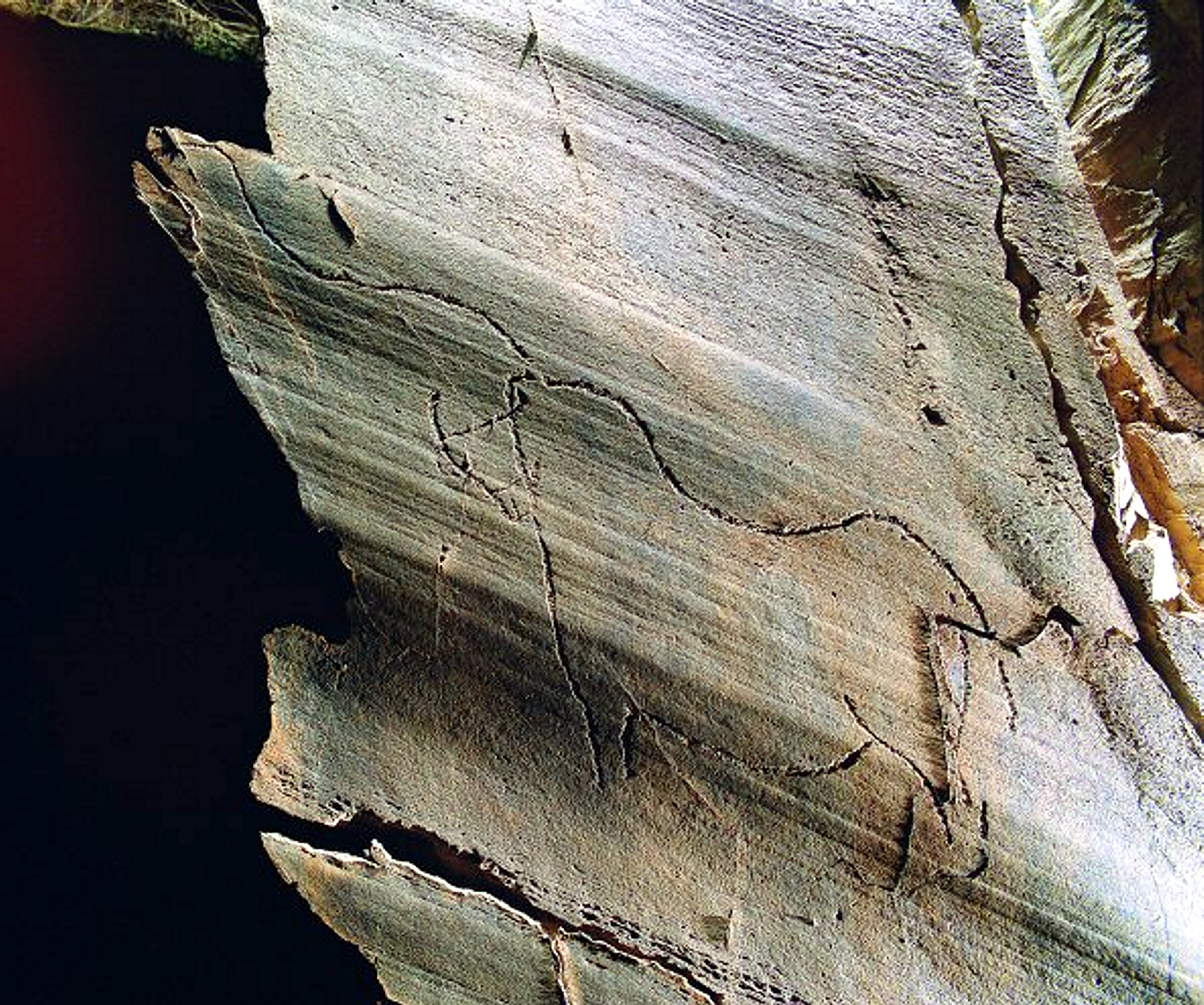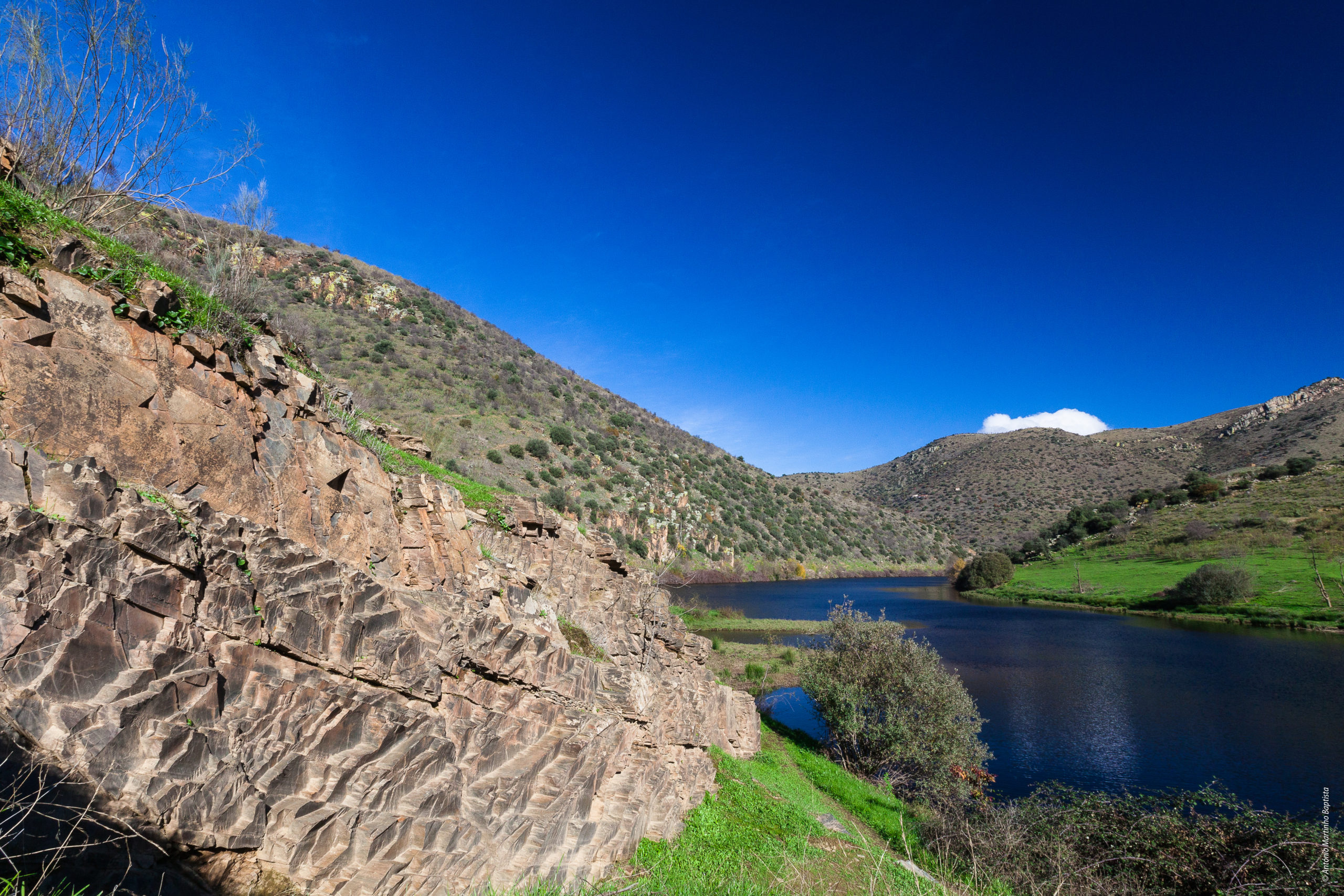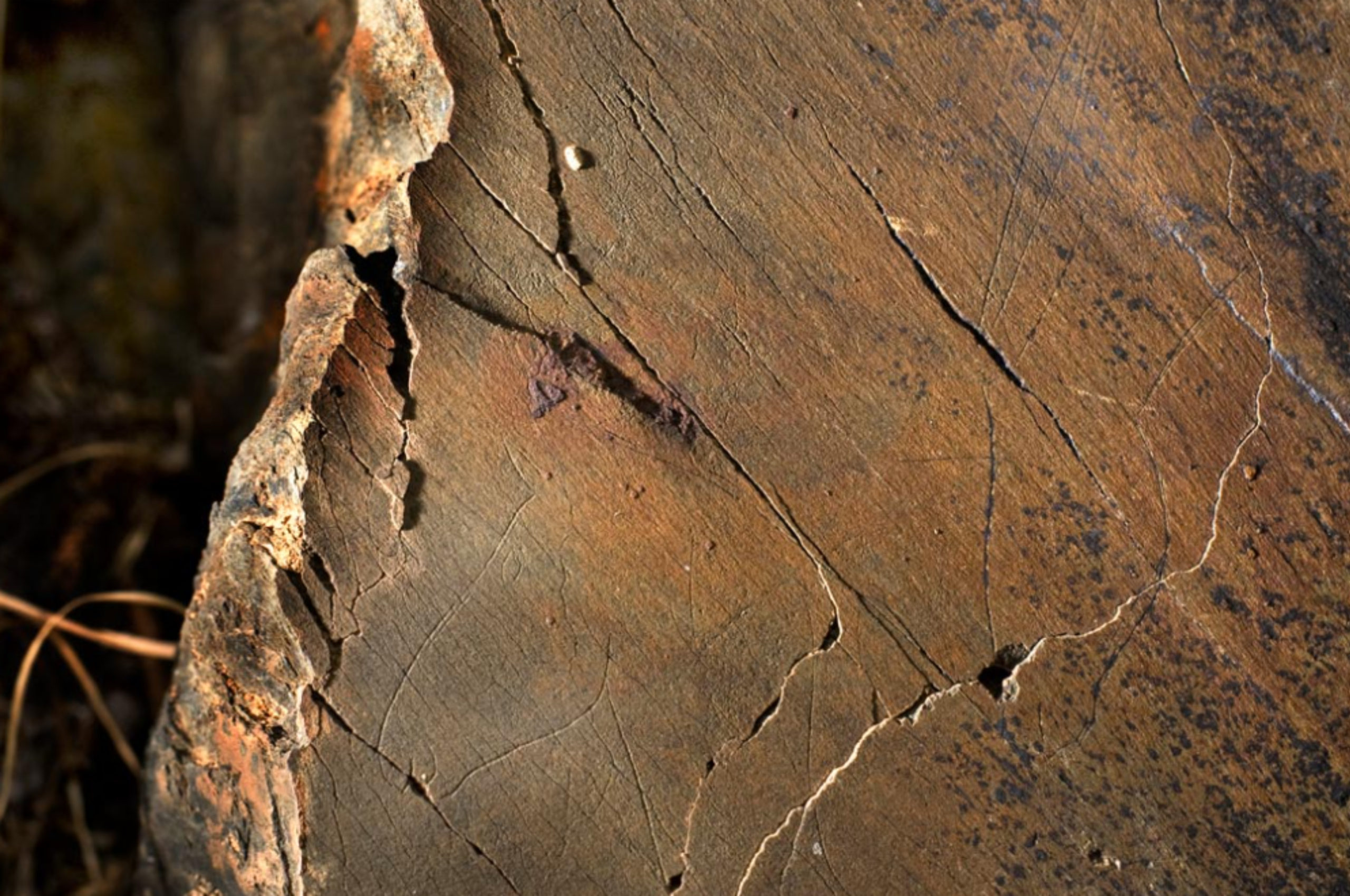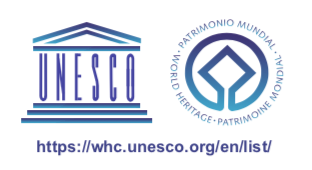Age of the artistic representations: Upper Paleolithic
General description of the destination: It was discovered in 1991, when the area was archaeologically surveyed during the construction of a hydroelectric dam. The Côa River Archaeological Park consists of a headquarters in the town of Vila Nova de Foz and two visitor centers, from which guided tours of the three most significant rock art sites are conducted. In Vila Nova de Foz, you can visit Canada do Inferno and Fariseu; in the town of Muxagata, you will find Ribeira de Piscos; and in Castelo Melhor, the destination is Penascosa.
The Ribeira de Piscos rock art site is located at the mouth of the Piscos stream on the left bank of the Côa River, in the parish of Muxagata (municipality of Vila Nova de Foz Côa). The excursion begins at the Côa Museum aboard an off-road vehicle accompanied by a guide. After passing through the village of Muxagata, visitors follow a dirt road for about 6 km. In the final stretch, a walk of about 1,100 meters leads visitors to the rock art panels that can be visited.
History of the site: The discovery of the great rock art of the Vale do Côa dates back to 1991, when the area was archaeologically surveyed during the construction of a hydroelectric dam. Currently, more than a thousand engraved representations from the Upper Paleolithic are known, featuring aurochs, horses, mountain goats, and deer, among other species, as well as non-figurative signs and lines. Most of the engravings have been made on vertical rock outcrops. There are also manifestations of recent prehistory (Neolithic – Metal Ages), with zoomorphic and anthropomorphic figures and lines of uncertain interpretation.
Opened in 2010, the Côa Museum was designed by Camilo Rebelo and Tiago Pimentel, a team of architects from Porto. Its design is based on the idea that “the Paleolithic art of the Côa Valley is perhaps the first manifestation of the artistic movement known as ‘land art’ (art of the earth or landscape). One of the largest museums in Portugal, it sits gracefully at the mouth of the Côa River where it flows into the majestic Douro, celebrating the meeting of the region’s two world heritage sites: the Prehistoric Art of the Côa Valley and the Wine Landscape of the Douro.
Museographic resources description: The Reception Centres located in the villages of Castelo Melhor and Muxagata support the organisation of visits to the rock-art sites at Penascosa and Ribeira de Piscos and have a little interpretation centre oriented to offer a previous view of the sites, before the start of the visit.

